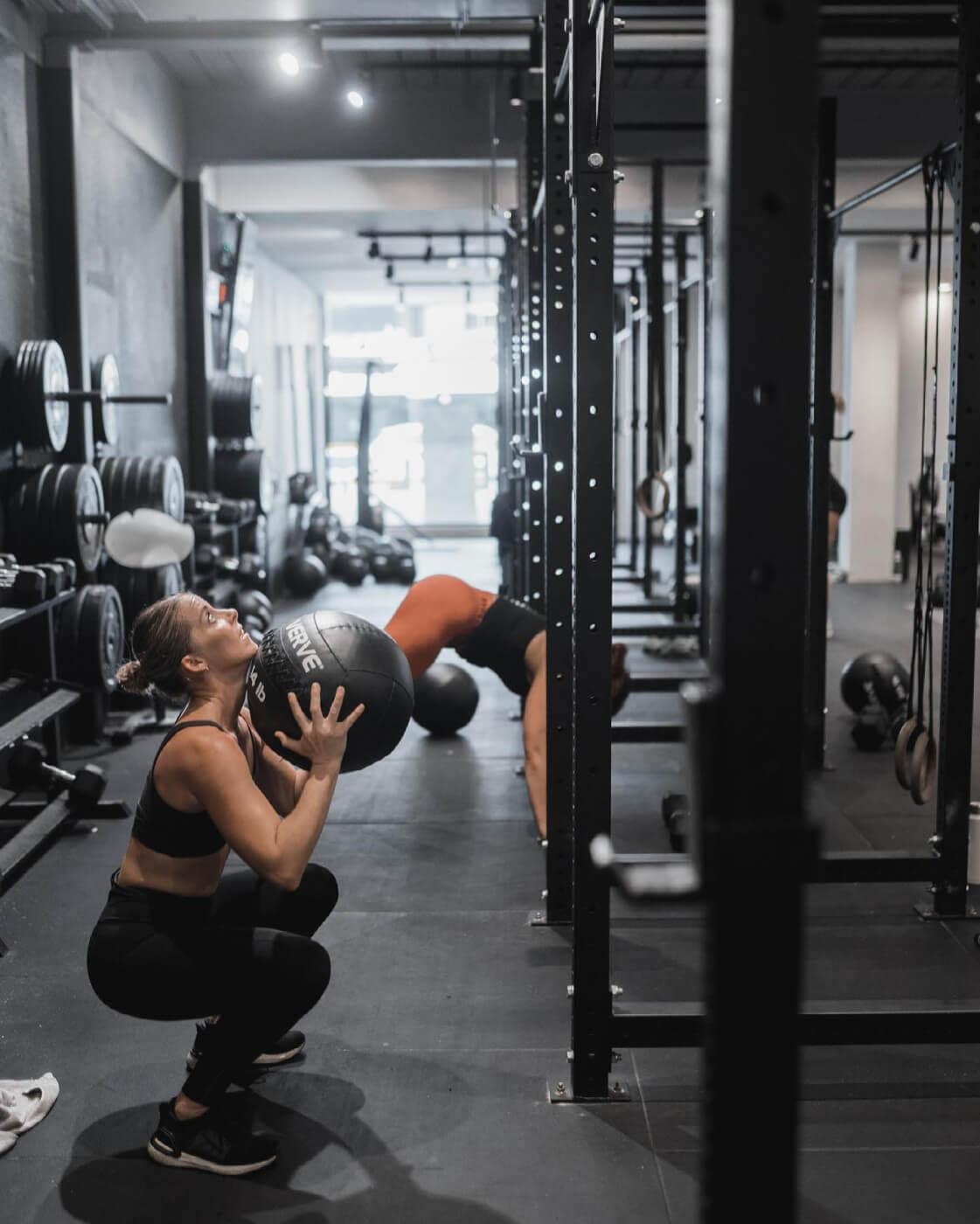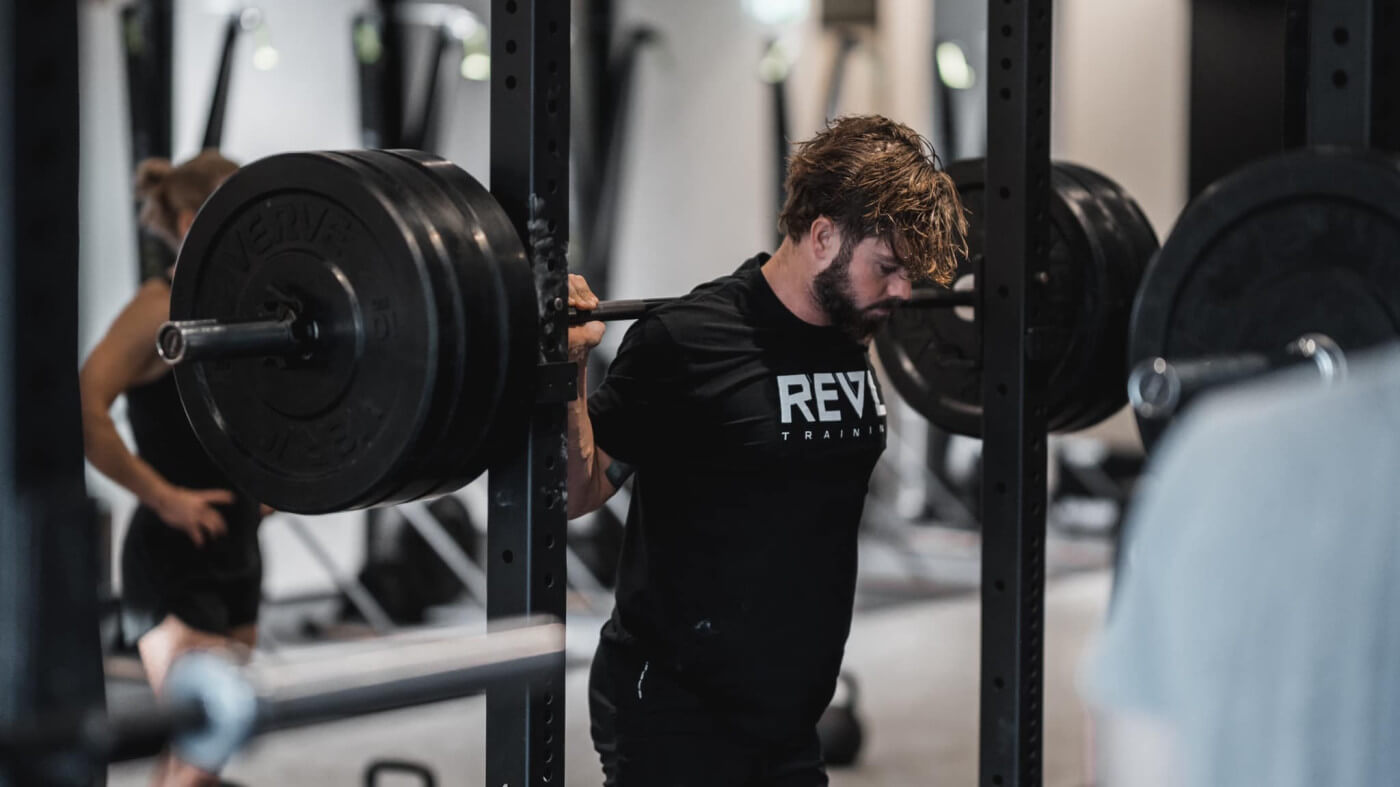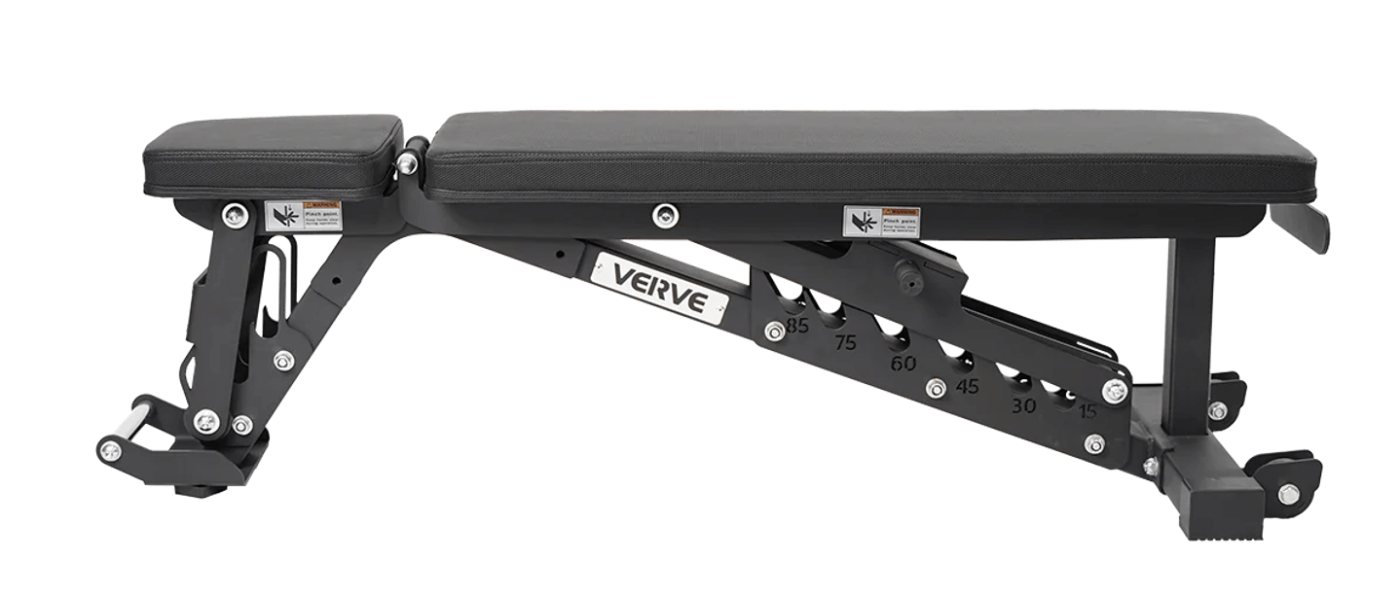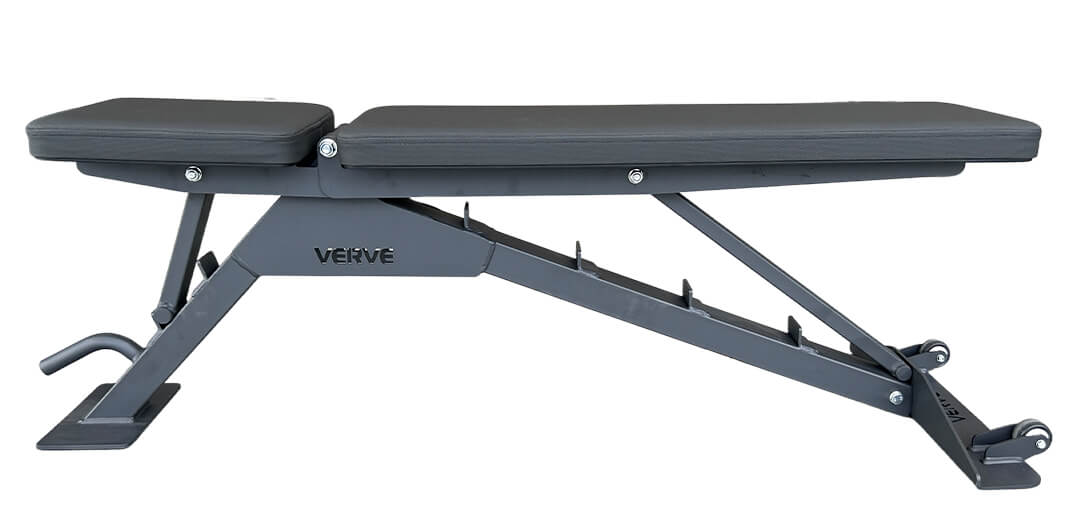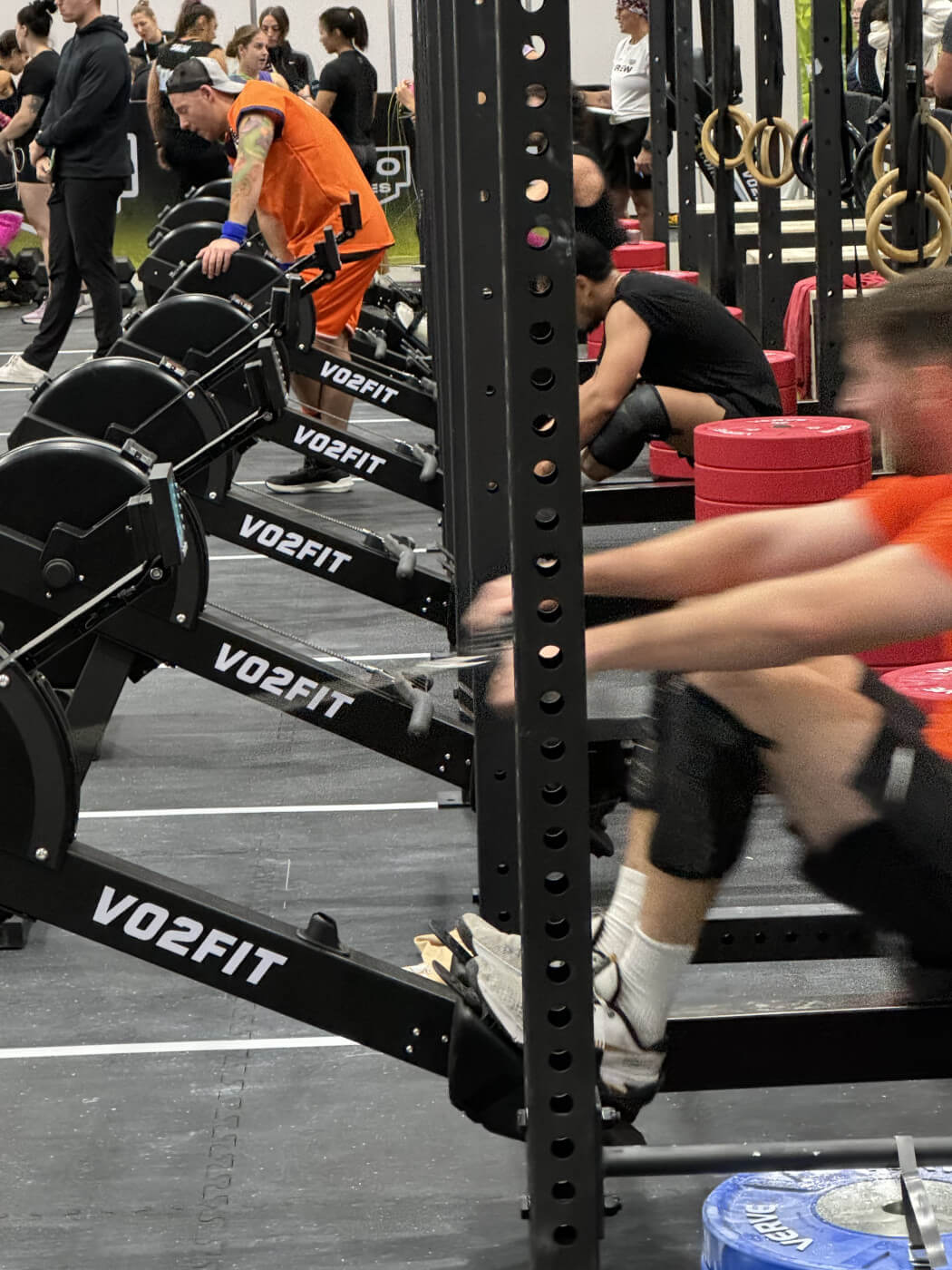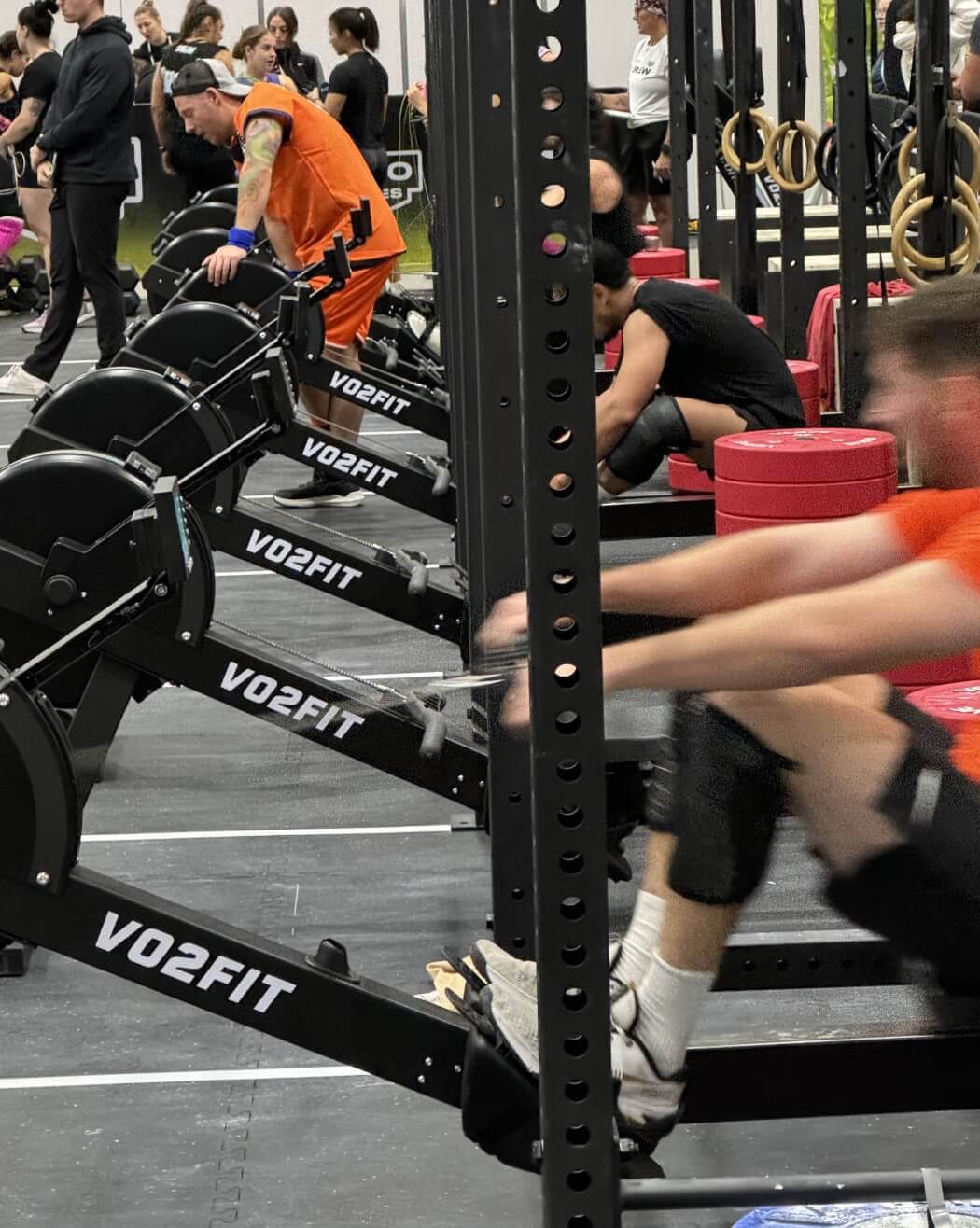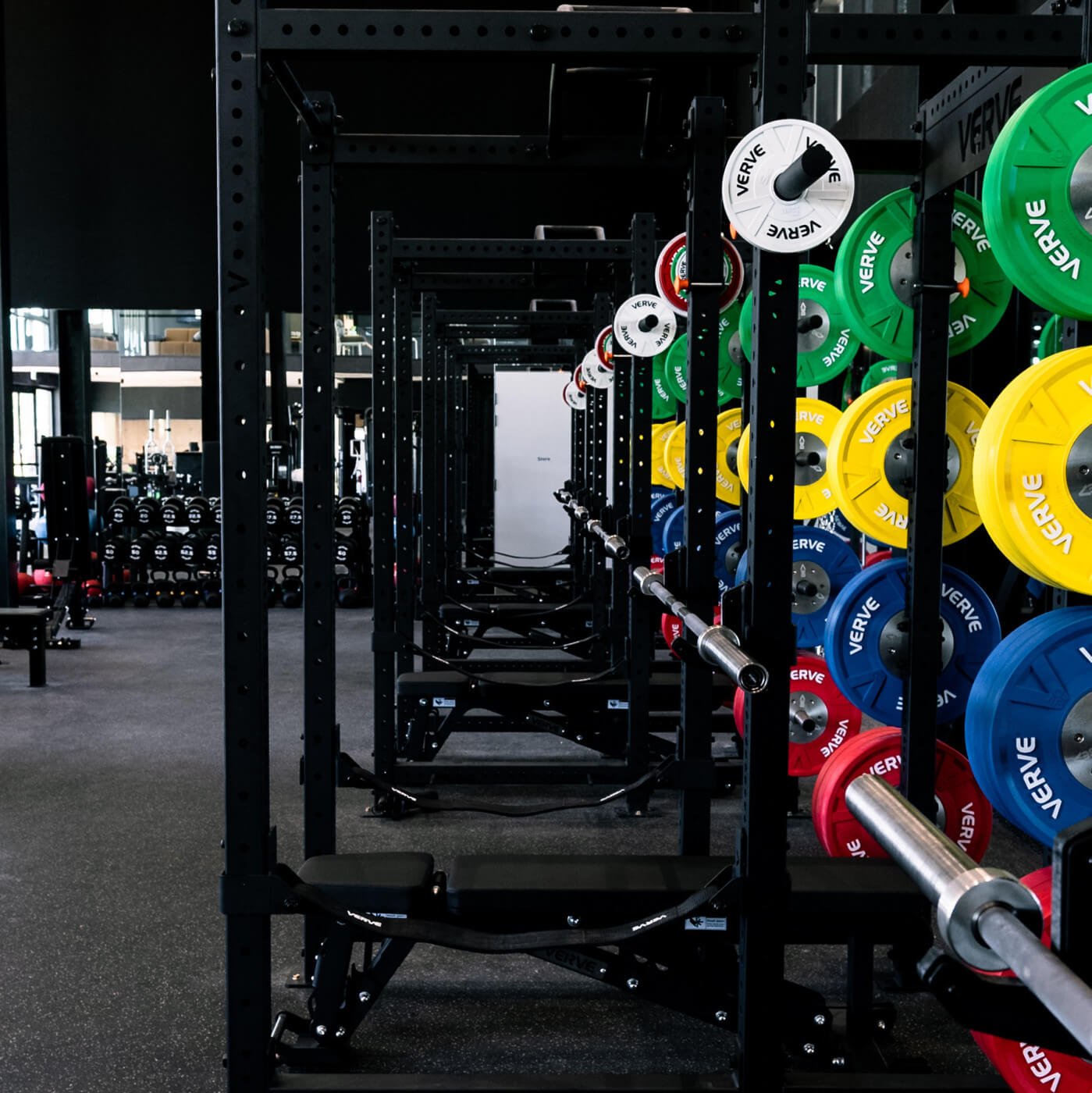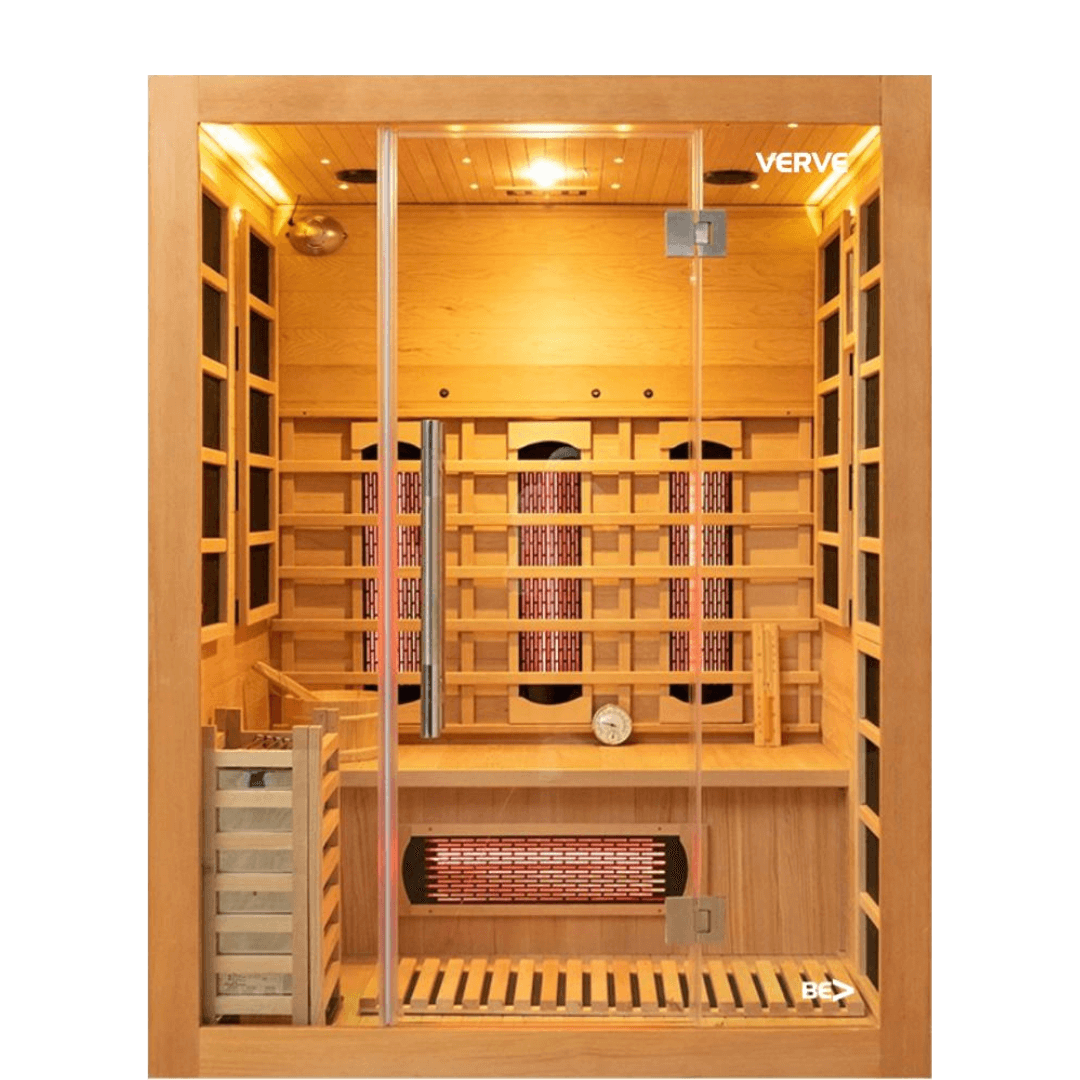Understanding the Differences Between Commercial Fitness Equipment and Home Gym Gear
When you’re choosing equipment for a fitness space, whether it's for your personal home gym or a large-scale commercial fitness center, it’s essential to understand the types of equipment available and how they differ. The right choice in equipment impacts the effectiveness of workouts, safety, and the longevity of the equipment itself. This article delves into the distinctions between commercial-grade and home fitness equipment, offering insights and examples to illustrate these differences clearly, with a focus on products from VERVE Fitness.
Key Differences Between Commercial and Home Fitness Equipment
1. Durability and Construction Quality
• Commercial Grade: Designed for continuous use throughout the day by multiple users, commercial fitness equipment like the VERVE Zen Power Rack is made with robust materials, such as 3mm thick (11 gauge) steel in its 75mm x 75mm (3" x 3") uprights. This construction ensures the equipment can handle frequent use and heavy loads, making it ideal for busy gyms. There are a wide variety of specifications labelled as "commercial" grade and some providers present rigs and racks with less than
• Home Fitness Equipment: Home fitness gear often uses 2mm steel instead of 3mm. For example, the VERVE Satori Power Rack uses 2mm thick steel. This is sufficient for less frequent use typically seen in home environments and by fewer people, usually one or two individuals in a household.
2. Size and Space Requirements
• Commercial Grade: This equipment is designed with a larger footprint to accommodate a wide range of exercises and body sizes, catering to the diverse needs of numerous gym goers.
• Home Fitness Equipment: More compact in design, home fitness equipment fits well into smaller spaces and is intended to meet general fitness needs without consuming too much room.
3. Weight Capacity
• Commercial Grade: High weight capacities are standard in commercial equipment, accommodating everyone from beginners to professional athletes. For instance, commercial treadmills can support more weight and endure longer, more intense running sessions.
• Home Fitness Equipment: Typically supports less weight, which is adequate for casual or moderate workouts, but may not withstand the rigours of heavy-duty training.
4. Features and Customisation
• Commercial Grade: Offers enhanced adjustability, a broader range of motion, and specialised settings that can be adjusted for individual training preferences. This flexibility is crucial for commercial facilities that cater to varied workout routines.
• Home Fitness Equipment: Features are streamlined for easier use, focusing on functionality and convenience, which are priorities in a home setting.
Detailed Examples of VERVE Fitness Equipment
Cardio Equipment:
• Commercial: The VERVE Commercial Treadmill features a durable build with a powerful motor and a large tread belt that offers a smooth, reliable running experience even under constant use.
• Home: Home treadmills are designed with smaller motors and tread belts suitable for lighter use, perfect for occasional jogs or walks.
Strength Equipment:
• Commercial Strength Machines: These machines, including cable machines and leg presses, provide a wide range of weights and are robust enough to endure the intense and frequent use seen in commercial gyms.
• Home Strength Machines: Generally feature lower weight capacities and simpler mechanisms, ideal for routine home fitness but not for intensive strength training.
Weightlifting Bars and Plates:
• Commercial: VERVE’s Olympic bars are built to handle the intense demands of frequent gym use, including heavy loads and drops.
• Home: Bars designed for home use are typically lighter and not meant for the heavy or frequent dropping associated with more intense lifting routines.
Why the Right Choice Matters
Choosing the appropriate type of equipment is crucial for several reasons:
• Safety: Properly designed equipment for specific settings reduces the risk of injury.
• Cost-Effectiveness: Investing in the right type of equipment ensures that it will last longer and remain suitable for its intended use.
• Experience: Equipment that matches the users' needs can greatly enhance their workout experience and satisfaction.
Enhancing User Experience and Maximising Investment
Sustainability and Maintenance
• Commercial Grade Equipment: In a commercial setting, the ability to maintain and repair equipment quickly and effectively is crucial. Commercial equipment is often designed with modular components that can be easily replaced or serviced. This ensures minimal downtime and extends the life of the equipment, which is essential in settings where equipment is used extensively and needs to remain operational.
• Home Fitness Equipment: While still durable, home fitness equipment is typically designed with fewer modular components. This can make extensive repairs more challenging or costly, but given the lower frequency of use compared to commercial equipment, this is less of a concern for most home users.
Technology and Connectivity
• Commercial Grade Equipment: Many commercial fitness machines come equipped with advanced technology features, including touchscreen displays, internet connectivity, and integration with fitness tracking apps. This technology allows gym operators to offer personalized experiences to their users and can help in retaining membership by providing detailed tracking and tailored fitness programs.
• Home Fitness Equipment: Technology in home equipment is usually more basic, focused on providing essential readouts like time, distance, and calories burned. However, connectivity options are increasingly common, allowing users to enjoy interactive workouts from the comfort of their home.
Cost Implications
• Commercial Grade Equipment: The initial investment in commercial fitness equipment is significantly higher due to its robust build and advanced features. However, the cost per use is often lower in the long term, as the equipment is built to endure heavy usage, which is critical in a commercial gym setting.
• Home Fitness Equipment: Generally less expensive upfront, home equipment is a more cost-effective option for individuals or families. Although not built for high-frequency use, it provides adequate performance for most home workout routines without the need for frequent replacements.
Aesthetic and Design
• Commercial Grade Equipment: There's a strong emphasis on not just functionality but also the aesthetic appeal in commercial equipment, which often features sleek, modern designs that can enhance the look of a professional gym. The equipment's design can also serve as a motivation booster for users, making the gym environment more inviting and stimulating.
• Home Fitness Equipment: While still stylish, the design for home equipment tends to prioritize space-saving and simplicity. Manufacturers understand that home users need equipment that blends into their living spaces without dominating them.
Real-World Examples from VERVE Fitness
To give a more concrete idea of how these differences manifest in real products, let’s explore some specific examples from VERVE Fitness’s extensive catalog:
Multi-Gyms:
• Commercial: VERVE’s commercial multi-gyms are large, encompassing multiple stations that allow numerous people to work out simultaneously. These stations are robust, featuring multiple weight stacks and a variety of workout stations, suitable for a full range of exercises.
• Home: The home version might be a single station with just one weight stack, designed to conserve space while still allowing for a variety of exercises but at a scale and complexity reduced for personal use.
Benches and Racks:
• Commercial: These are designed with heavy-duty steel and have higher weight capacities. They are also often adjustable, with features that allow for a range of exercises to be performed, supporting everything from light to very heavy lifts.
• Home: Home benches like the Satori Adjustable Bench adjustability but typically have lower weight capacities and are designed with less bulk, making them easier to move and store when not in use.
Rowing Machines:
• Commercial: Built for durability and extended use, commercial rowing machines feature sturdy construction and advanced performance metrics. They are designed to withstand hours of use each day without failing.
• Home: Home rowers are generally lighter and might not provide as extensive data tracking or resistance levels, focusing more on general fitness needs and compact storage.
Longevity and Value Over Time
Lifetime Value of Equipment
• Commercial Grade Equipment: Given its robust construction, commercial fitness equipment often boasts a longer lifespan, even under the rigorous conditions of daily, heavy use. This contributes significantly to its lifetime value, as it requires less frequent replacement and can endure the wear and tear of a commercial gym environment.
• Home Fitness Equipment: While designed for lighter use, home fitness equipment can still offer a considerable lifetime value if maintained properly. It’s typically sufficient for the less frequent usage patterns of home users, providing years of service without the need for significant upgrades or replacements.
Safety Features
• Commercial Grade Equipment: Safety is paramount in a commercial environment, leading to equipment designs that include enhanced safety features such as emergency stops on cardio machines, sturdier locks on weight machines, and more substantial safety guards. These features help to prevent accidents and injuries, especially in a setting where equipment is used by people of varying skill levels.
• Home Fitness Equipment: Safety features in home equipment are also critical but are adapted to the less intense usage environment. These might include automatic shutoffs or simpler locking mechanisms, which are effective yet less robust than those found in commercial counterparts.
Adaptability and Flexibility
• Commercial Grade Equipment: One of the greatest advantages of commercial equipment is its adaptability to different exercise programs and its ability to cater to various body types and fitness levels. This flexibility is crucial in commercial settings where client diversity is vast.
• Home Fitness Equipment: Flexibility in home equipment is also important but is generally designed with the average user in mind, focusing on multi-functionality within a compact design to accommodate typical home use scenarios.
Brand and Consumer Loyalty
Brand Trust and Reliability
• Commercial Grade Equipment: Building trust in a commercial environment involves providing reliable, safe, and effective equipment that can handle the demands of heavy usage. This trust is crucial for maintaining a loyal clientele and a strong brand reputation.
• Home Fitness Equipment: Trust and reliability are also important for home users, who need to know that their investment is safe and that the equipment will perform as expected over time.
Conclusion
Choosing the right fitness equipment, whether for a home gym or a commercial facility, involves understanding these detailed aspects of each type of equipment. VERVE Fitness excels in providing a diverse range of products that meet the specific needs of both markets, ensuring durability, reliability, and satisfaction. By aligning equipment choices with user needs and expectations, both commercial gyms and home users can achieve their fitness goals effectively, safely, and enjoyably, enhancing overall health and wellbeing in the process.

